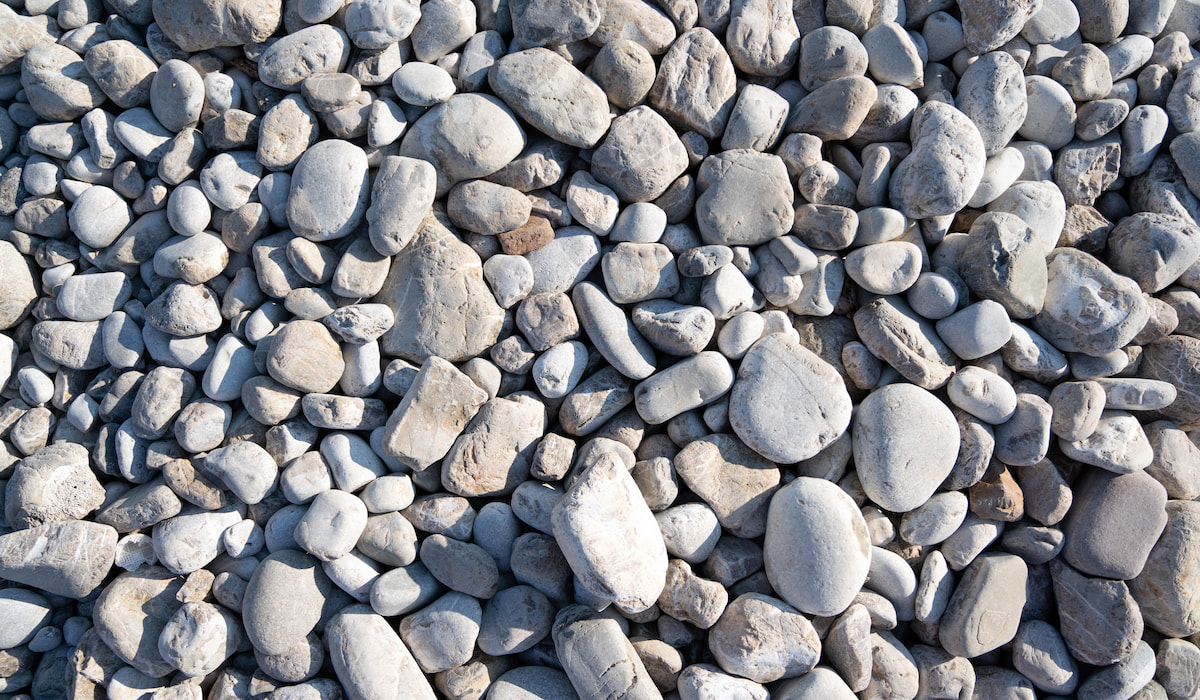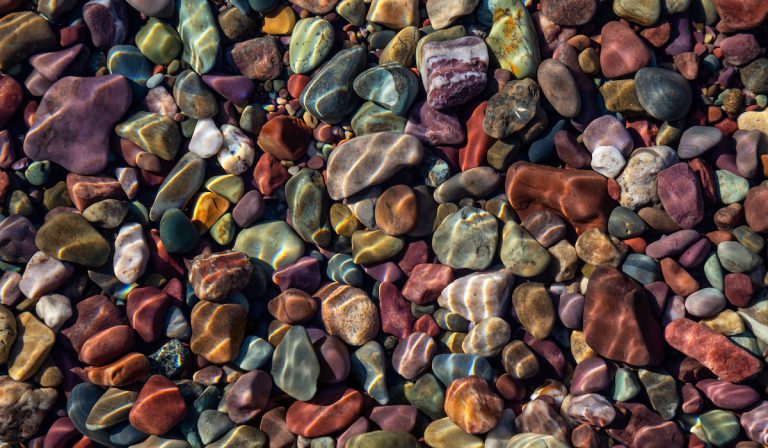Where to Find Cool Rocks (11 Places and Expert Opinions)
From oddly shaped river rocks to colorful agates and deep black obsidian, rocks have captivated people for centuries. If you are looking for a new hobby, rock collecting is both fun and rewarding.
But it’s not easy to come across the real, admirable rocks. And if you are a beginner, finding a place to start your collection is a challenge.
If you are looking for places to find cool rocks, consider rocky beaches, creeks, mountain sites, open quarries, and pay-to-dig mining sites for a great start.
Rock-hounding is an advantageous hobby that will take you to exciting places and people. With a bit of luck and a lot of patience, you can be on your way to creating a truly amazing collection.
With this list, hopefully, you’ll never run out of ideas on where to go rock-hounding.
1. Beaches
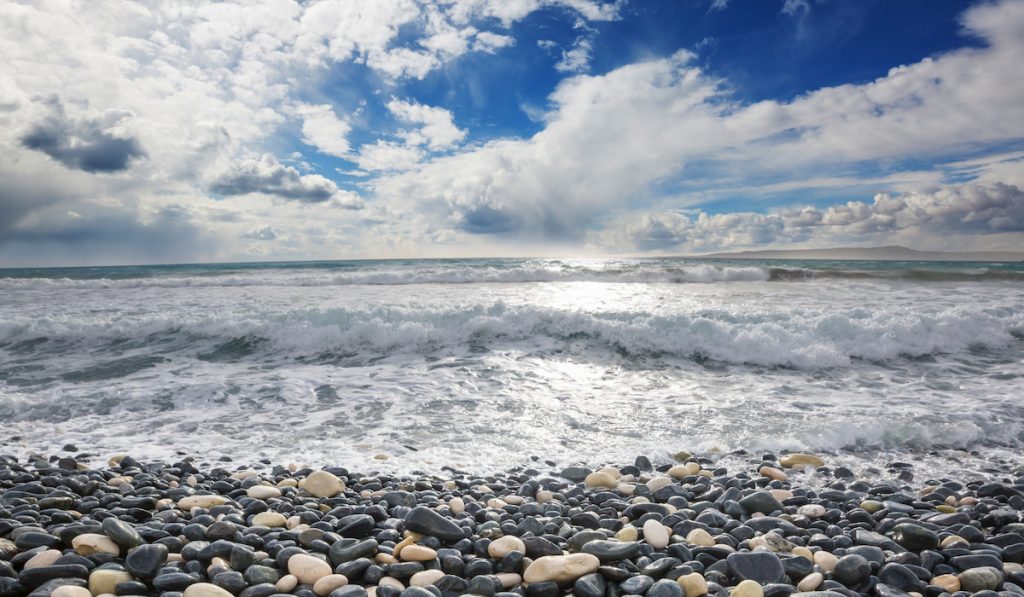
Oceans hide thousands of years of history and countless mysteries beneath their waves. The beaches where the water meets land also bring forth a trove of treasures. You can find everything from shells and driftwood to unusual rocks, gems, and even fossils.
Jasper, agate, chalcedony, dolomite, Petoskey stone, and petrified wood are among the many varieties of rock found on the beach. Oregon and Michigan have the best beaches for rock-hounding; Agate Beach in Oregon and Lake Superior’s north shore are best known. Northern Michigan beaches offer high-quality agate.
Experts recommend going rock-hounding right after a storm since rough tides bring buried rocks to the shore.
Winters are the best time because there are more storms and fewer crowds on the beach. Also, visit at low tide when more surface area is exposed.
2. River Sides
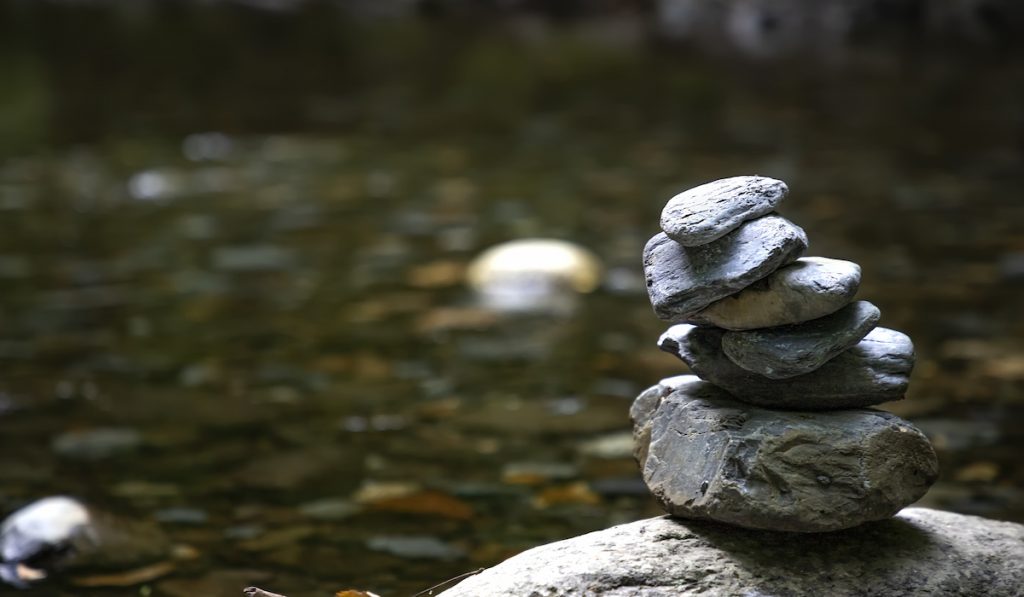
On their long journey, rivers cut through mountains, erode over rocks, and pick up all kinds of stones, some with interesting shapes and others with fascinating colors. Because of contact weathering, river rocks are usually rounder and smoother than most other types of rocks.
Feldspar, granite, agate, jasper, shale, quartz, and even gold nuggets can be found on riverbanks. For example, the Llano River and Tye River are known for their blue quartz, large jasper rocks can be found on the Eel River, California, and the Calapoonia River is rich in agate.
But you can go to any riverside near you and find something truly worth your effort.
When you are looking for river rocks, find a location with exposed gravel bars. Deep bends and still pools are also good because rocks settle in these areas. The best time to look for rocks on riverbanks is right after the rainy season because the rain washes away dirt and delivers more rocks downstream.
3. Canyons

Canyons are formed by wind and water that carve into mountains and create deep valleys. Millions of years of erosion make canyons repositories for rocks brought down by these natural forces.
Some rocks found in canyons are opal, calcite, geodes, agate, jasper, and petrified wood. You can expand your collection in Bryce Canyon National Park, Utah, and Fischer Canyon, Oregon also has white calcite, red jasper, and lots of petrified wood.
Various locations in Arizona are known for their diverse rock collection, including Woodruff, Payson, and Burrow Creek rock-hounding sites.
Try to learn about the terrain before you plan a rock-hounding trip to a canyon. It is a little tricky to find those elusive rock hubs, but they are worth the effort if you have a knack for navigating.
4. Mountain Sides
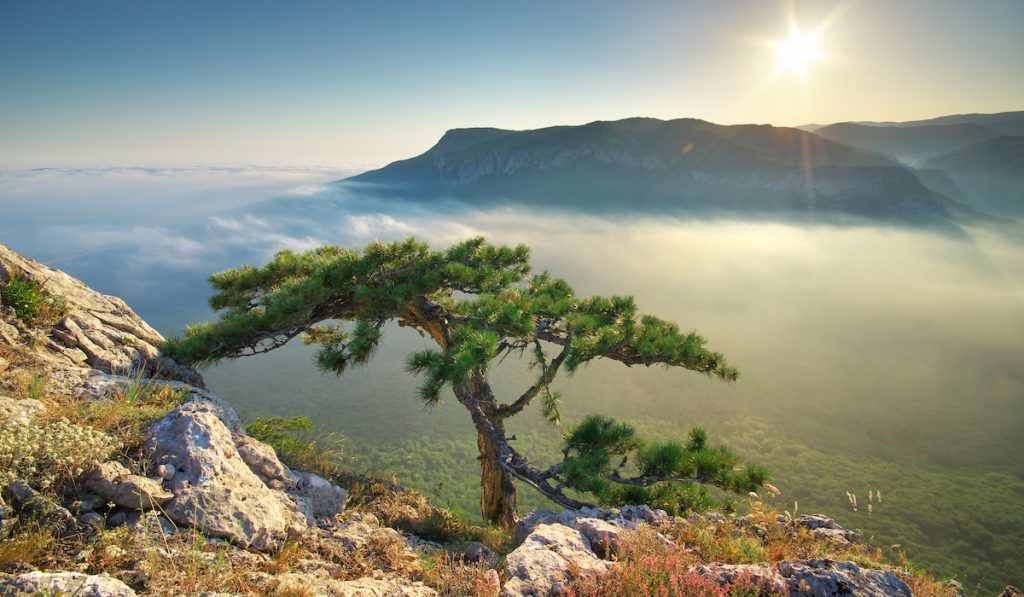
While deep mining offers a treasure trove of exotic crystals and gems, exposed hillsides and mountain slopes are also great places to find cool rocks.
Rock hounds love places like Horse Heaven Hills Washington, Round Mountain Arizona, Graves Mountain Georgia, and Mount Antero Colorado. You can find everything from agate and jasper to precious stones, minerals, and even meteorites at these sites.
These areas can be vast and a little difficult to explore. There is a greater chance of finding versatile rocks if the site doesn’t have any vegetation, which means less weathering and fresh rock.
Look for known mineral veins, color, and structure indication in larger rocks and then strike to find something interesting.
5. Open Quarries
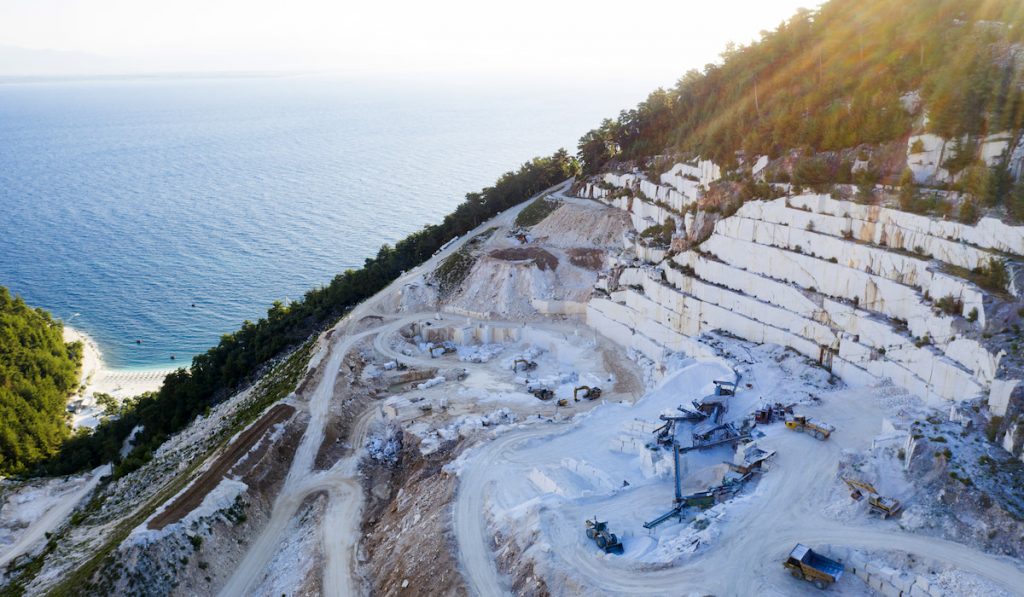
Open quarries are probably the most popular rock hounding locations. These places normally have heaps of broken stone sitting around, which may have the treasured rocks you are looking for. Unlike other sites, quarries are usually regulated, and you’ll need permission to get in.
Some sites like Trilobite quarry in Utah and Hewitt Gem quarry in Connecticut allow rock hounds for a fee, so ask around for available quarries in your area.
Before you go, remember these areas are major private properties; always ask and comply with the rules. Open quarries also have strict regulations on times and days that rock-hounds can visit, so be sure to read before you go.
6. Creeks
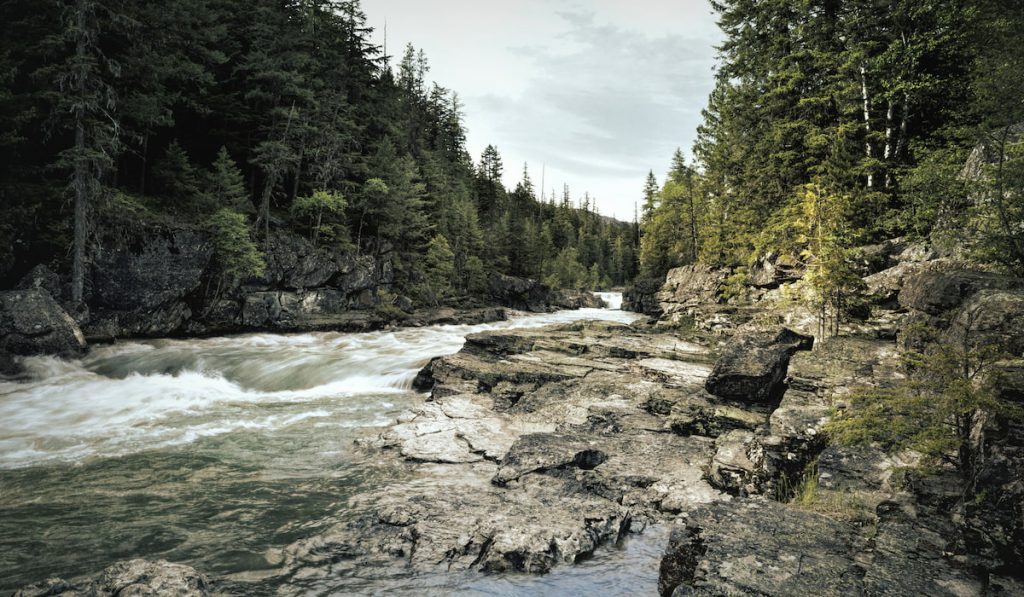
Every creek is unique, with different rocks and minerals adding to its character. These sites are best for starting because you get lots of exposed rocks, there is less wear and tear, and you don’t have to do much digging to find something interesting.
The ideal spots for creek collecting are isolated areas that have not been exploited before. Rocks in creek beds are not replenished by water because of low pressure; instead, these rocky beds are formed by hundreds of years of terrain erosion and from surrounding hills, if any.
This means, once you’ve picked a rock, it might not get replaced for many centuries.
7. Road Cuts
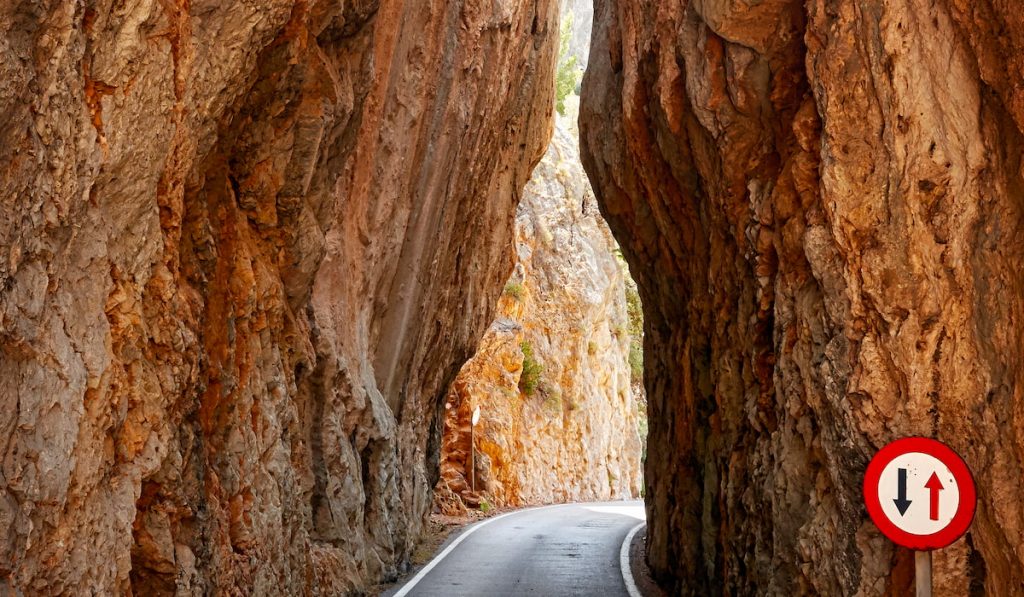
Road cuts are made by blasting through mountains or hills. They are beautiful displays of geology, displaying deep rocky layers to the forefront. They are the ideal place to find rocks in long flat terraces lying bare for you to explore.
Accessible and safe roadcuts can become a rock hound’s delight. However, it’s critical to emphasize the safety concern; these locations are frequently heavy with traffic, posing a risk. If you don’t have the required knowledge of the region or safety equipment, you’d be better off sticking to other rock collecting sites.
8. Mine Tailings
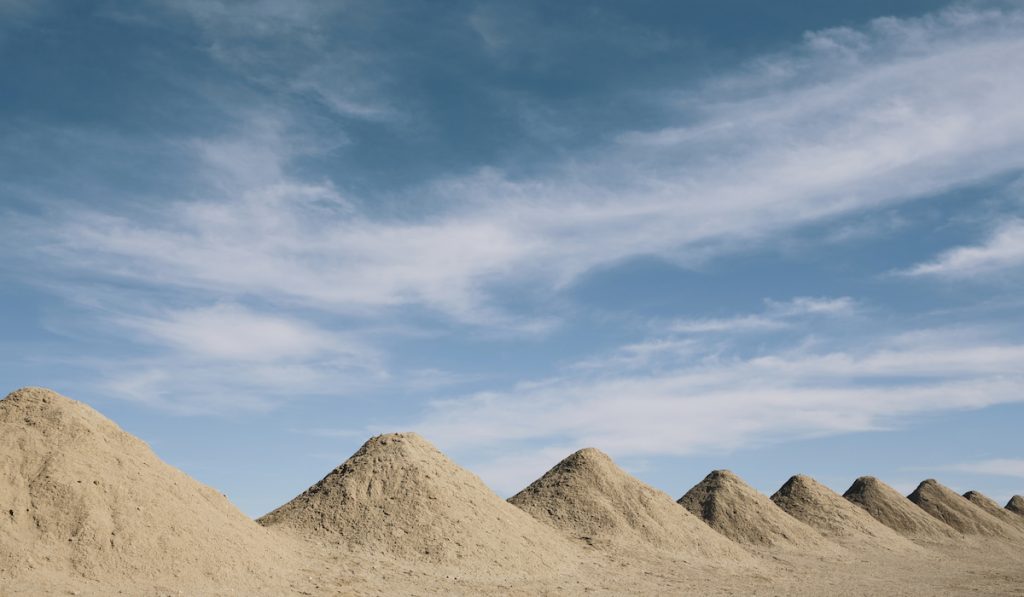
After extracting the ore, mines leave behind a lot of waste rocks in tailings. These tailings hold broken-down rocks, so the locations are already prepared for you to explore, making them great rock-hounding sites.
The downside is that these sites usually have restricted access; you’ll need lots of official paperwork to get in. If you’re lucky to obtain a permit, ensure you have a safety kit and appropriate tools to avoid accidents.
9. Pa-to-Dig Mines

There are lots of pay-to-dig mines all over the country, and many rock hounds swear by them. These sites let you explore vast mines with potential gems, rocks, minerals, fossils, and artifacts, and the best part is you get to keep your findings.
Every site has different rules and regulations on how they let you explore the area. Mainly they offer guided tours, rock-treating facilities, and other amenities. Depending on the mine you visit, it might get pricey, but the experience and fun factor easily make up for it.
Cherokee Ruby and Sapphire Mines in North Carolina, Gem Mountain in Montana, and Rainbow Ridge Opal Mine in Nevada are a few of the best mine sites.
10. Private Lands
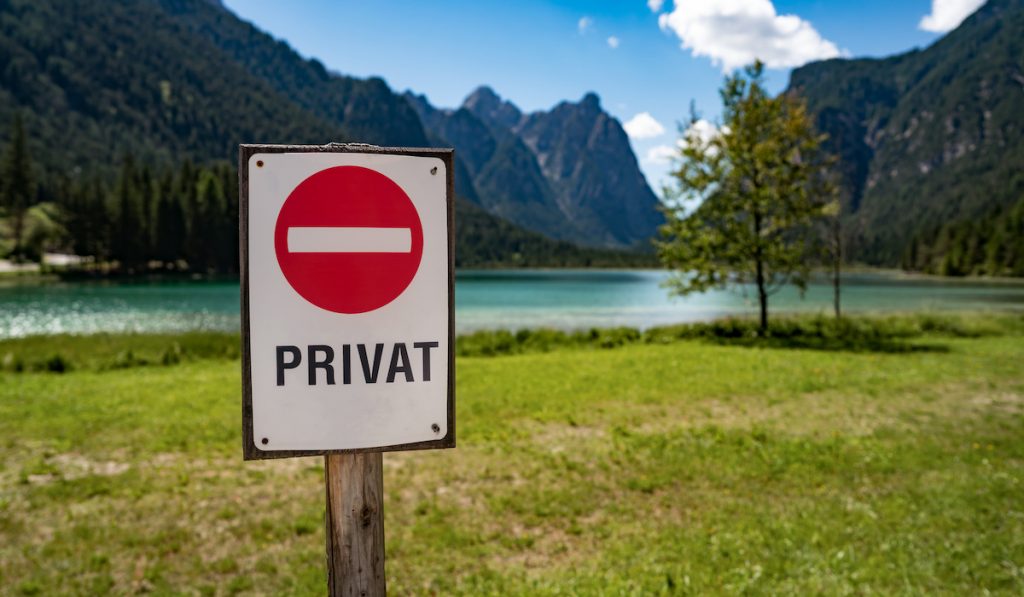
Many vast lands with thousand-year-old terrain hold surprises waiting to be unearthed. Private lands are ideal for serious rock hounds who want to experience a “wild” adventure or camp overnight in their explorations.
However, be sure to follow the rules and regulations of your chosen site because some owners might not be too thrilled about strangers hanging around.
The key is to know how you can approach these sites, do proper research and ask for permission first before you explore them. There are many places with vast rocks waiting for you; all you need is a little guidance and determination.
11. Construction Sites
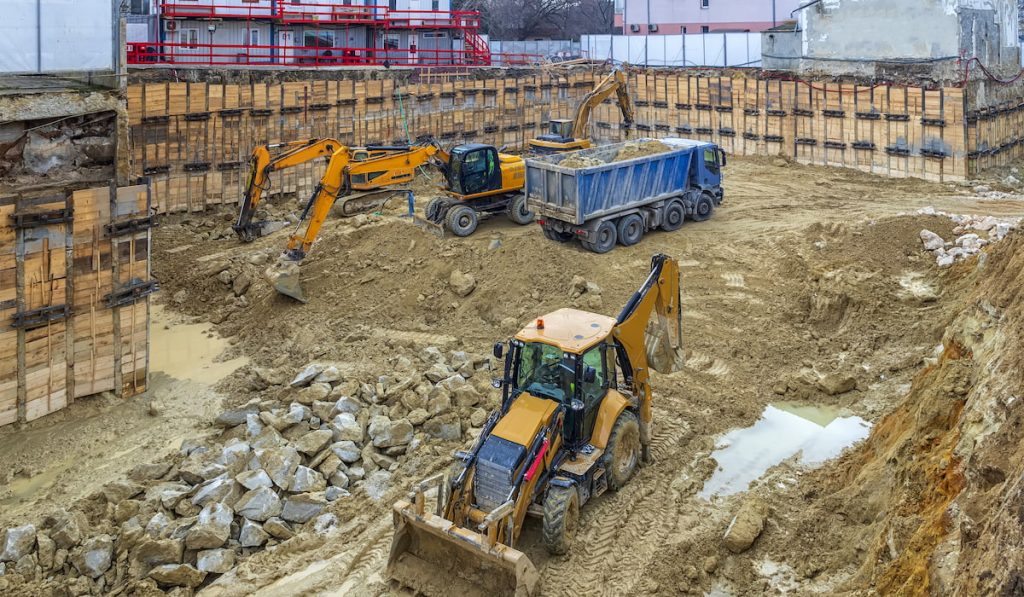
Roadworks, new property constructions, or landscaping projects need lots of digging, which can bring out some fantastic fossilized rocks or mineralized stones.
These sites are often open to the public, but it highly depends on your location and agreement with the site.
If you’re not allowed, don’t bend over backward trying to get in without written permission because this can be hazardous.
Resources
- https://rockhoundresource.com/where-to-find-rocks-the-best-places-to-collect-and-why/
- https://www.rockseeker.com/collecting-rocks-on-ocean-beaches/
- https://mynorth.com/2019/07/michigan-rock-hunting-is-the-best-on-earth/
- https://howtofindrocks.com/what-rocks-are-found-in-rivers/
- https://www.rockseeker.com/rockhounding-arizona/
- https://www.rockseeker.com/best-rock-collecting-sites-in-the-us/
- https://rockhoundresource.com/where-to-find-crystals-a-helpful-guide/

